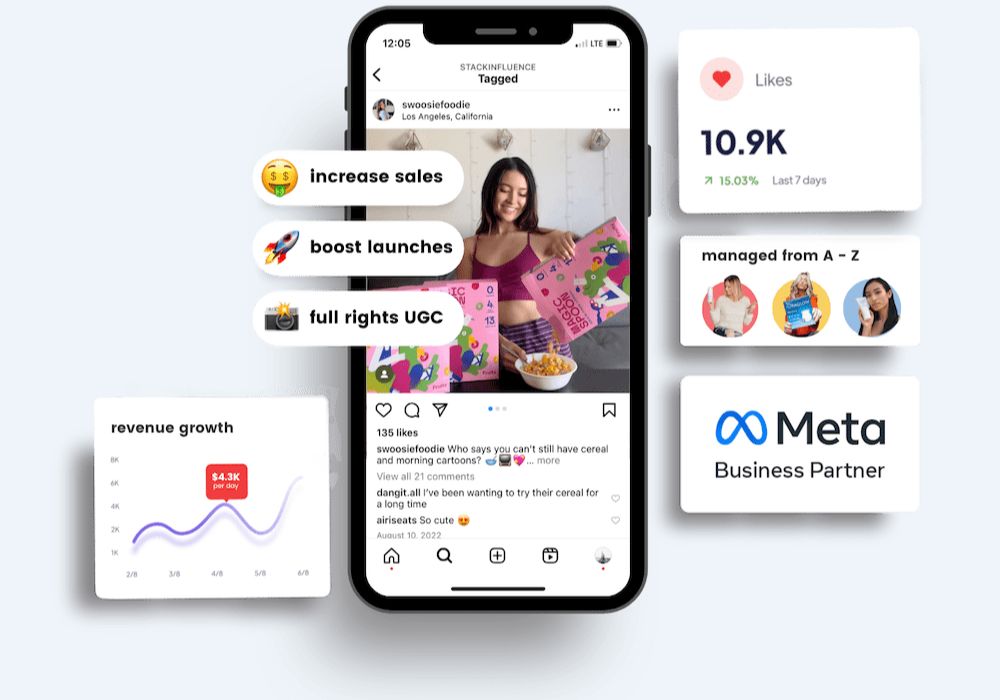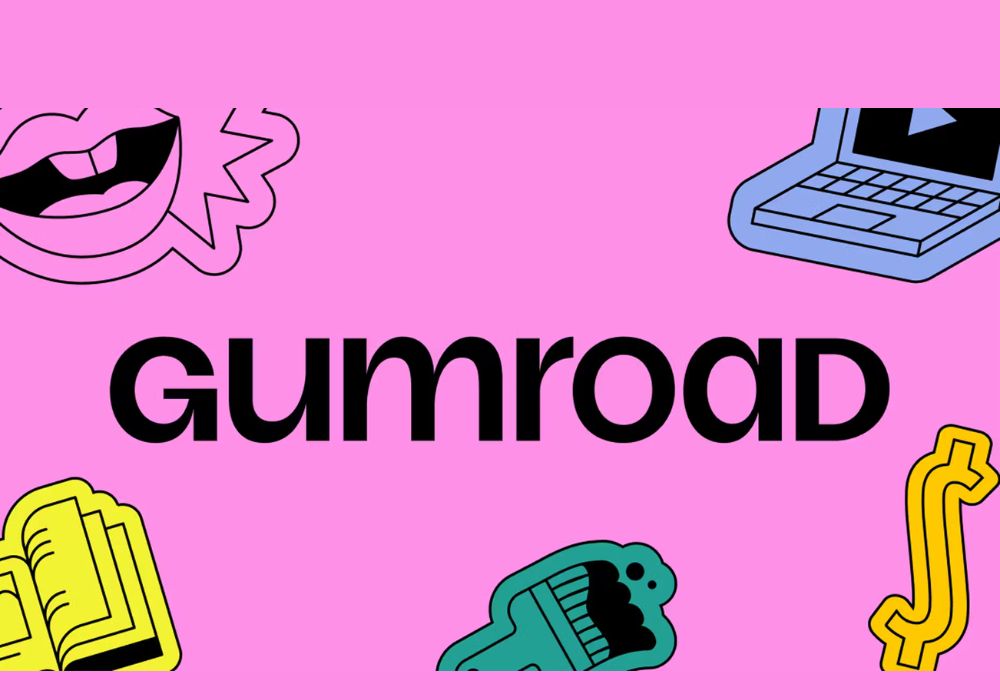I stared at the Excel sheet, the numbers blurring into a sea of red. It was Q4 2020, and we had just burned $40,000 on a single influencer campaign for a skincare client. The influencer had 2 million followers, the video production was flawless, and the engagement was… crickets. This is when we began our Stack Influence case study. The return was a negative 300% ROI. I remember the client’s email: “We paid for influence. We got a pretty post.” The silence in our small New York apartment-turned-office was deafening. My co-founder, Michael, and I didn’t speak. We just sat there, the weight of a broken business model crushing us. In that moment of absolute failure, we asked the heretical question: What if everything we knew about influencer marketing was wrong? What if bigger wasn’t better, but worse?
The influencer marketing industry was a $9.7 billion behemoth in 2020, but it was broken. Brands were throwing money at mega-influencers, chasing vanity metrics like “likes” and “followers” that rarely translated to sales. A 2020 report by Influencer Marketing Hub showed that while 93% of marketers used influencer marketing, 78% found measuring ROI their greatest challenge. The gap was clear: the market needed a bridge between authentic creator voices and tangible, trackable business outcomes. We had our pivot.
continue reading








